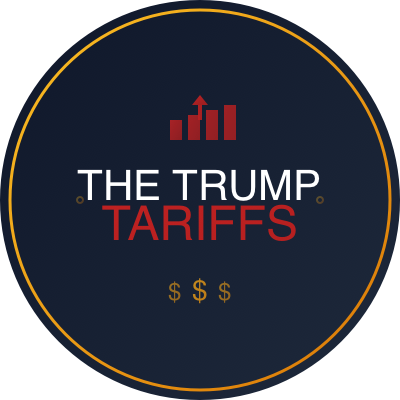NextFin news, On November 9, 2025, authoritative sources including The Observer reported that the US Supreme Court recently heard arguments regarding the legality of several components of President Donald Trump's tariff policies enacted after his inauguration on January 20, 2025. The administration's reciprocal tariffs, initially justified under the International Emergency Economic Powers Act (IEEPA) of 1977 and designed to bolster American manufacturing while exerting economic pressure on trade partners, are under scrutiny for exceeding presidential authority.
Solicitor General D. John Sauer, representing the administration, argued in court that these tariffs function as regulatory tools in foreign policy rather than revenue-generating taxes—a pivot from earlier claims that these tariffs primarily increased US government income. Meanwhile, betting markets place the likelihood of the court ruling against at least some of the tariffs as more probable than not, raising questions about potential constitutional and economic ramifications if the administration refuses to comply with the ruling or delays repayment of collected duties potentially totaling hundreds of billions of dollars.
Concurrent with these judicial developments, Eurasia Group's informal survey of C-suite executives highlights corporate responses, noting a widespread reevaluation of supply chains dubbed the “China +N” strategy. This approach seeks to diversify sourcing beyond China, geographically distributing production closer to end markets, particularly within the US, to mitigate tariff exposure. These strategic shifts are coupled with increased reliance on artificial intelligence to manage costs amidst expected consumer price inflation ranging from 3% to 15% in the near term as tariff-induced cost pressures remain.
President Trump, maintaining a staunch defense of his tariff policies, has publicly asserted via social platforms that tariffs underpin America's economic strength, promising dividends to American citizens reflective of tariff revenues. Despite his rhetoric, industry experts caution that the Supreme Court's decision and potential policy reversals could inject volatility and uncertainty into markets, supply chains, and international trade relations.
The legal debate centers on the interpretation of statutory powers granted to the President under IEEPA, with prior lower courts ruling that tariff impositions without explicit Congressional authorization are unlawful. The administration’s shift to characterizing the tariffs as foreign policy instruments is an attempt to align them under the President's constitutional foreign affairs powers. However, experts argue this reclassification risks embroiling trade policy within constitutional boundaries that may not withstand judicial review.
Analyzing the strategic implications, companies face multifaceted risks: maintaining cost competitiveness amid fluctuating tariff regimes, managing inventory levels in a volatile trade policy environment, and maintaining market access in the US—still a highly attractive market despite tariff risks. Data from Eurasia Group underscores the ongoing cost escalation through supply chain adjustments and tariff pass-through to consumers, leading to price increases that industry players brace to absorb or pass on.
The tariffs have also catalyzed geopolitical maneuvering. Alongside tariffs, “poison pill” provisions in recent trade agreements with Southeast Asian nations create mechanisms to deter these countries from deepening economic ties with China, reinforcing the US objective to reshape the economic networks underpinning the region’s manufacturing powerhouses. The Trump administration’s approach thus fuses trade policy enforcement with broader strategic contests, intensifying economic diplomacy.
Looking forward, the Supreme Court’s ruling is likely to recalibrate US tariff policy, potentially reducing direct tariff impositions but fostering alternative measures to achieve similar policy objectives, as indicated by recent administration signaling. Corporate adaptive strategies will accelerate, emphasizing supply chain resilience, technological integration, and risk management to navigate an uncertain policy landscape.
Ultimately, while President Trump continues to advocate tariff policies as pillars of economic growth and debt reduction—for instance, signaling plans to distribute dividends funded by tariff revenues—the mixed legal and corporate responses suggest a complex, uncertain future for US trade and industrial policy. This evolving scenario demands heightened vigilance from businesses engaged in transnational trade and from policymakers charting the US’s trade and economic course in a geopolitically competitive world.
Explore more exclusive insights at nextfin.ai.

